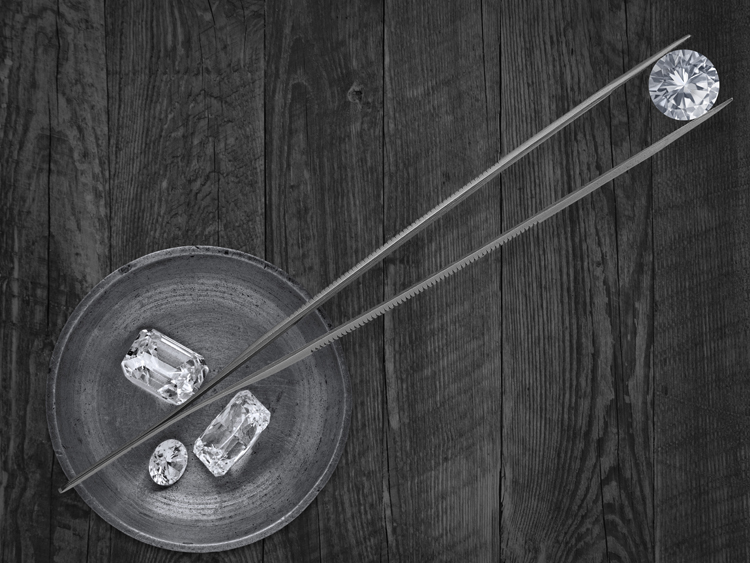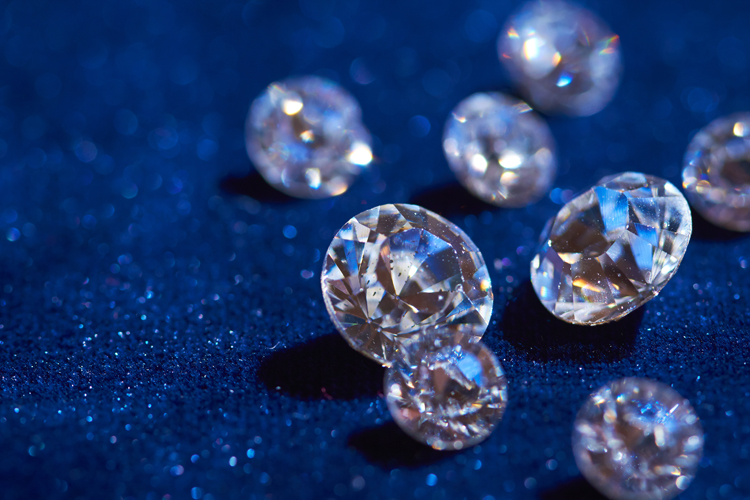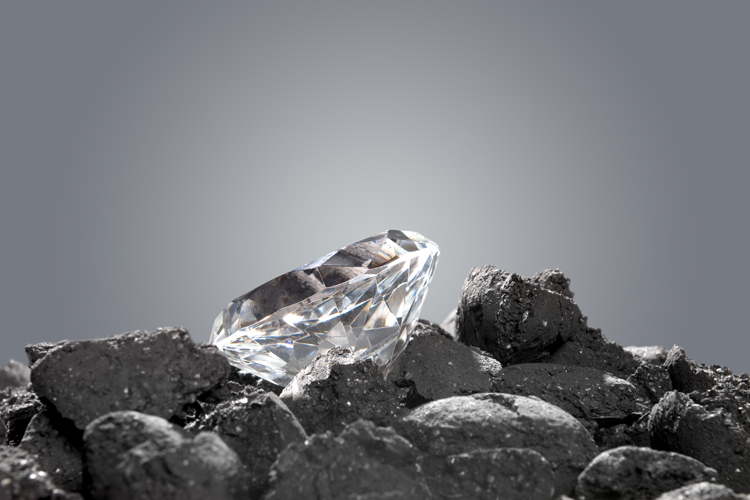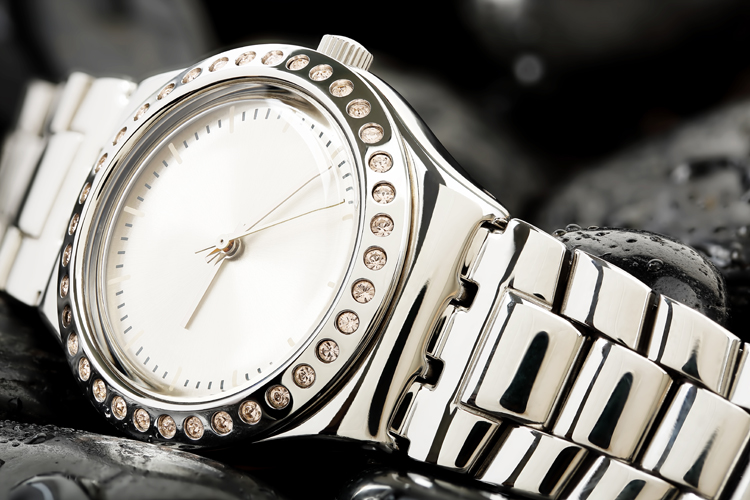Diamonds are fascinating – not only as tokens of love and power but also as commodities with substantial economic value. Unearthing how these mesmerizing gems are appraised provides insights into a world where science and art converge.
Diamonds, being precious and valuable, require careful examination to determine their worth.
The diamond appraisal process goes beyond just assessing a diamond’s market value; it’s about understanding its quality, rarity, and beauty.
A credible appraisal offers a comprehensive assessment necessary for insurance purposes, resale value, and buyer confidence.
The diamond appraisal process has seen significant changes over time.
It wasn’t until the 1940s that the Gemological Institute of America (GIA), one of the most reputable gem institutes globally, introduced a standardized grading system known as the “Four Cs” – Cut, Carat, Color, and Clarity.
Before the introduction of the GIA’s grading system, the diamond appraisal was rather subjective, relying on individual skills and expertise.
However, with this universally recognized method, gemologists could consistently evaluate and compare diamonds, revolutionizing the diamond industry.

The Intricacies of Diamond Appraisal
A diamond appraisal is a meticulous and sophisticated process carried out by a certified gemologist.
They utilize scientific instruments, like microscopes and spectrometers, to assess the Four Cs.
The diamond’s weight or carat is measured using an electronic micro-balance.
The color is evaluated against master stones under controlled lighting, with D representing the highest grade of colorlessness.
The clarity grading involves examining the diamond under 10x magnification for any inclusions or blemishes.
The cut, arguably the most complex of the Four Cs, takes into account the diamond’s proportions, symmetry, and polish, which can significantly influence its brilliance.
Additionally, a fifth C, Certificate, was later added, which authenticates a diamond’s characteristics and quality.

Use in Daily Life, Controversies, and Criticisms
While one might assume that diamond appraisal is significant only when buying or selling diamond jewelry, its relevance extends beyond that.
From mineralogical research and mining operations to investment strategies, understanding the value of diamonds plays a critical role in various fields.
Furthermore, a diamond’s appraisal can be crucial in legal contexts, for instance, in inheritance disputes or divorce settlements.
Like any system, a diamond appraisal is not without its critics. There are debates about the subjectivity involved in grading certain qualities, particularly the cut.
Critics argue that relying heavily on human judgment leaves room for variability and inconsistency.
Moreover, some question the authenticity and credibility of appraisals from non-reputable sources or those from sellers who might inflate the grades to enhance their products’ perceived value.
Interestingly, the diamond appraisal process has even taken a technological leap.
Technological advancements have led to the development of AI-driven grading tools.
These tools are trained on thousands of images of diamonds, which they use to learn and subsequently predict a diamond’s grade with remarkable accuracy.
Lastly, a diamond’s value does not increase linearly with size.
A two-carat diamond is not merely twice as expensive as a one-carat diamond. It’s considerably more valuable due to the rarity of larger diamonds.
This principle, known as weight-based pricing, can often surprise those unfamiliar with the nuances of the diamond industry.
Where and How Much
Diamonds can be appraised at various places, including independent appraisal firms, certain jewelry retailers, and gemological laboratories.
Here are the primary options:
- Independent Appraisal Firms: These are companies that specialize in jewelry and diamond appraisals. They operate independently of any jewelry retailer, meaning they offer unbiased appraisals.
- Jewelry Retailers: Some jewelry stores offer appraisal services, typically conducted by an in-house gemologist. However, it’s important to ensure that the appraiser is not involved in the sale to avoid any potential conflict of interest.
- Gemological Laboratories: Institutions like the Gemological Institute of America (GIA) or the American Gem Society (AGS) also provide professional appraisal services. They hold high industry standards and are renowned for their expertise and integrity.
The cost of a diamond appraisal can vary widely depending on several factors, including the complexity of the item, the time it takes to complete the appraisal, the reputation of the appraiser, and geographical location.
As a general ballpark, you can expect to pay anywhere from $50 to $150 per hour for a professional appraisal.
Some appraisers charge a flat fee for their services, while others may offer a package rate for multiple items.
It’s important to note that price should not be your only consideration when choosing an appraiser.
Be sure that the appraiser is credentialed, reputable, and follows the Uniform Standards of Professional Appraisal Practice (USPAP).
Always ask for a detailed report that includes all the specific characteristics of your diamond, not just a value estimate.




